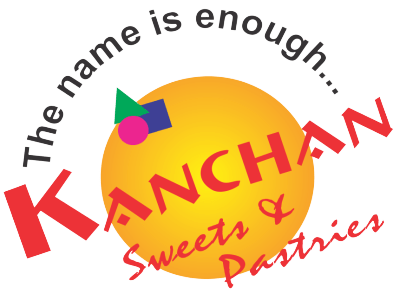- You have no items in your shopping cart
- Subtotal: ₹0.00
Ever heard of 2 state Governments going to the court to resolve the dispute of which state invented a sweet, in so far as National agencies had to get involved to calm down tensions? Well, you have now, because we shall be discussing the age old rivalry between the indian states of Bengal and Odisha on which state first came up with the sweet little fluffy ball of absolute delight that is the Rasgulla.
Bengalis believe that the invention of Rasogolla had much to do with Westerners, especially the Portuguese, who got their charter to trade on the Hooghly river from Emperor Akbar (1580) and these are the people who brought in the art of preparing Chenna. The first Bengali rasogolla is credited to Shri Nobin Chandra Das who created the sweet in his Bagbazar shop (1868). However there are a few claims that Haradhan Moira of Ranaghat or Gopal Moira of Bardwan invented a sweet of similar nature too. Shri KC Das, son of Nobin Das, ushered in the art of Vacuum Packaging (1930) and Bengali rasogulla started going places.
At a temperature of 80 to 85 degrees, the hot milk is curdled. The rough chenna is furthur pressed and made into fine dough on flat wood called barkosh and in some places a small amount of maida or semolina is added to create a bond. Small chenna balls are put in a sugar syrup which has 45-55% sugar consistency and when the sweet absorbs liquid and shapes up in about 18 min.
They are then taken out and put in cold and lighter sugar syrup and they are ready to make people’s life happier. One must remember that there are three types of sugar available to make sweet (L=large cube, M=medium cube and S=small cube) and in Bengal the white colour comes from the use of L sugar cubes. But of course nothing beats winter when rasogollas are made with Nolen Gur (Date Palm jaggery).
Rasagola: The Odia version
In Odisha, ‘Rasagola’ (the Odia name), is believed to have originated back in 11th century and associated with a story of Lord Jagannath pacifying an angry Goddess Laxmi with the sweet Today’s Odisha serves some delicious versions of rasagolas in Salepur, Pahala and Berhampur.
During Niladri Vijay or the last day of Rathayatra It became a tradition to offer this chenna sweet dish to Goddess Mahalakshmi as prasa. Dandi Ramayana, an Odia literary work written by Balaram Das in the 15th century also has mention of the sweet in it. The colour comes from using ‘S’ sugar which comes from nearby Andhra. Also the process is very different. The chenna water of curdled milk is not all drained out which makes chenna soft and gives aroma The dough is mixed with semolina in a 4:1 ratio for bonding and sugar syrup is much stronger here.
All these factors work together in producing this brilliant sweetmeat in Odisha. Though today ‘L’ sugars are also used and lovely white ones are very much present. It is believed that a temple priest taught the villagers of Pahala the art of curdling excess milk and that started Odisa’s journey to beautiful chenna sweets.
So what is your opinion on this rivalry between the 2 states? Let us know in the comments. For us, all we can do is gobble down as many as we can before somebody else gets em, meanwhile, you can quench your Rasgulla urges by visiting our shop section NOW!

